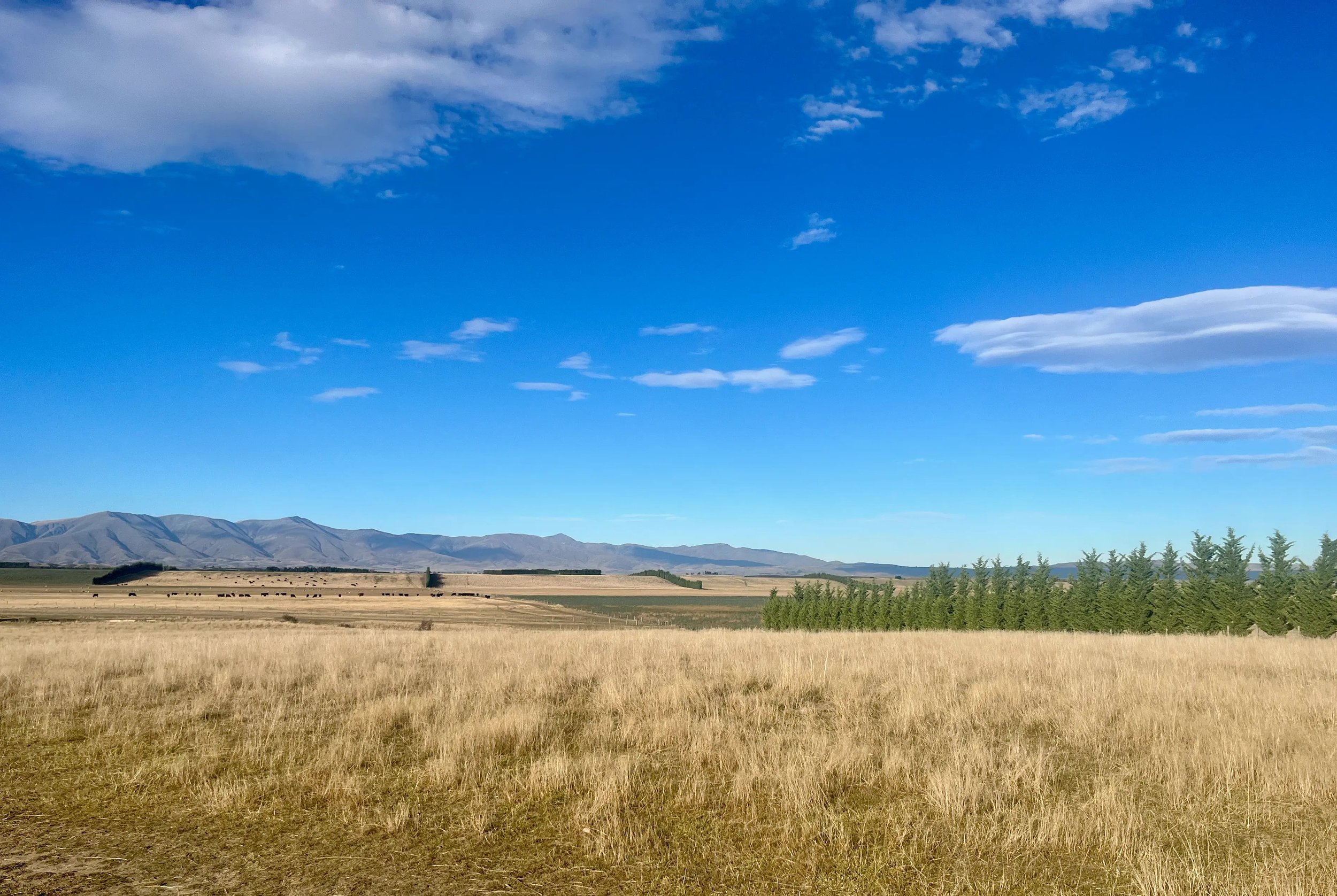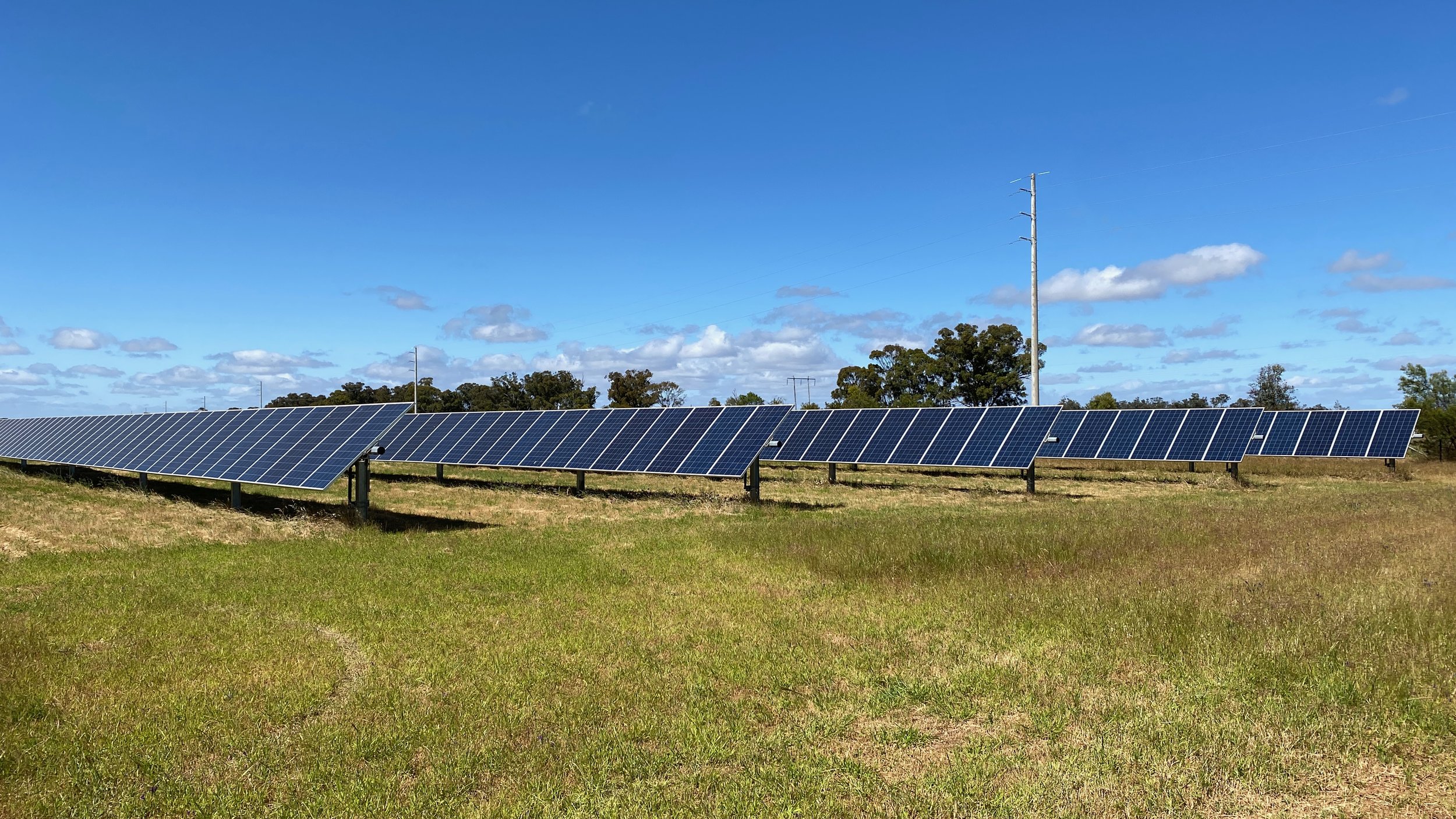Accelerating impact through the power of the sun
Renewable energy leaders and EHF Fellows Jeff Schlichting (Ngā Manu Titi Rere Ao) and Tim Derrick (Kohia) are on a mission to provide greater access to low-cost clean energy in Aotearoa NZ, through their venture Helios Energy. They believe the development of large-scale solar farms will deliver meaningful impact for the energy sector and support Aotearoa NZ’s decarbonisation journey.
With decades of experience in renewable energy and a passion for how clean energy can open up markets, Jeff and Tim have a lot in common. They are also Edmund Hillary Fellows and share a common commitment to Aotearoa NZ as a basecamp for global impact. Responding to NZ’s energy challenges and zero carbon goals, Jeff and Tim co-founded NZ-based solar energy company Helios in 2020. Four years later, with a team of 12 people and seven priority projects equating to 1,000+ megawatts of solar capacity, Helios is helping set the stage for solar energy to be an essential part of Aotearoa NZ’s energy future.
So why solar and how big do we need to go?
Potential of the sun
Jeff, who is Helios’ Managing Director, points to the high number of sunshine hours, wide-open terrain, and a government and consumers that are supportive of renewables as key reasons why solar energy offers Aotearoa NZ enormous potential. Tim explains how solar power is simple, safe, clean and renewable, given the sun is an infinite resource.
“One of the things we talk about with our solar projects in New Zealand is that they represent ‘virtual rain’. In the summertime, when solar is generating electricity, the water behind the hydroelectric dams can remain there, and then be used to produce electricity when the sun isn’t shining.”
Combined with a decline in the cost of solar components and installation costs - and an increase in long-term reliability and efficiency of solar farms, Jeff and Tim see solar energy as a no-brainer, as well as game-changer, particularly given Aotearoa NZ is projected to need 70% more power by 2050 - the equivalent of building a new Clyde Dam every year for the next 26 years.
Maniototo Plain site
Renewables as a leveller
While the percentage of renewable electricity generation at a national level is high in Aotearoa NZ, the percentage of overall renewable energy use is considerably lower, with fossil fuel consumption still the primary energy source for transport and industrial processing. Jeff notes that despite having a high renewable electricity generation component, overall, wholesale energy is still very expensive in Aotearoa. He believes regulatory steps to adapt to the increase in intermittent renewable resources will help to reduce the cost of wholesale electricity.
“The more low-cost renewables you have coming online, the more you bring down electricity costs.A principle goal for Helios is the democratisation of the energy markets - increasing the amount of renewable electricity on the grid and ultimately reducing the price of electricity to Kiwi consumers.”
Large scale for large impact
Helios is advancing seven priority projects that represent over 1,000 megawatts of solar generation capacity. Four projects have been announced thus far: Edgecumbe (Bay of Plenty), Greytown (Wairarapa), Ongaonga (Central Hawke’s Bay) and Maniototo Plain (Central Otago). Tim explains that for Aotearoa NZ to reduce emissions and meet its zero carbon goals, these solar projects need to be at scale in order to contribute meaningfully.
He says that the scale of the Helios projects presents a significant opportunity for the regions in which they are located, but one that needs to be carefully considered and navigated.
“Because solar farms haven’t previously been done at this scale in Aotearoa, the first ones are always more challenging, it’s a long process and we are very focused on engagement with mana whenua, neighbours, the local community and other stakeholders.”
Partnering for impact
Jeff notes the concern some people may have about the ‘unknown’, especially when there are no examples of large-scale solar farms people can currently visit. The Helios team spends time listening to what’s important to the community, as they’re committed to being ‘a good neighbour’. In addition to working with Kia Kotahi Ako (an alliance of EHF Fellows providing solar-powered education to students in Aotearoa NZ), Helios works with local stakeholders to invest back into the community through initiatives that support education, training, sustainability and alleviating energy hardship.
Example of a large-scale solar project in Australia
Edgecumbe site
Jeff says Helios is transparent about its vision and values, which compels them to live up to what they say. “Our team has a saying. We do it right or we don’t do it.”
The Helios team adopts this same approach when engaging with mana whenua, and Jeff notes occasions when allowing more time for kōrero (discussion) has been really important.
“We set out on this journey, through EHF, seeking to develop a portfolio of large-scale solar projects and do so as a trusted Treaty partner. One of the key principles is that we enter with māhaki (humility) and a readiness to learn, rather than coming in assuming we already understand the tikanga (values system).”
Huge opportunity for Aotearoa
The outlook for Aotearoa NZ is bright according to Jeff and Tim, who believe NZ stands to benefit from the global investment and advancements in solar innovation over the last couple of decades. The cost of solar has now become competitive with other electricity generation technologies in Aotearoa and with a push for solar at scale, Jeff says it’s very exciting to be at the bleeding edge.
“We’ve gained huge momentum in the last four years, and are committed to providing solar generation capacity that will help transform Aotearoa NZ’s energy sector and propel the country forward on its decarbonisation journey.”
To learn more about Helios, visit: https://heliosenergy.co.nz/



